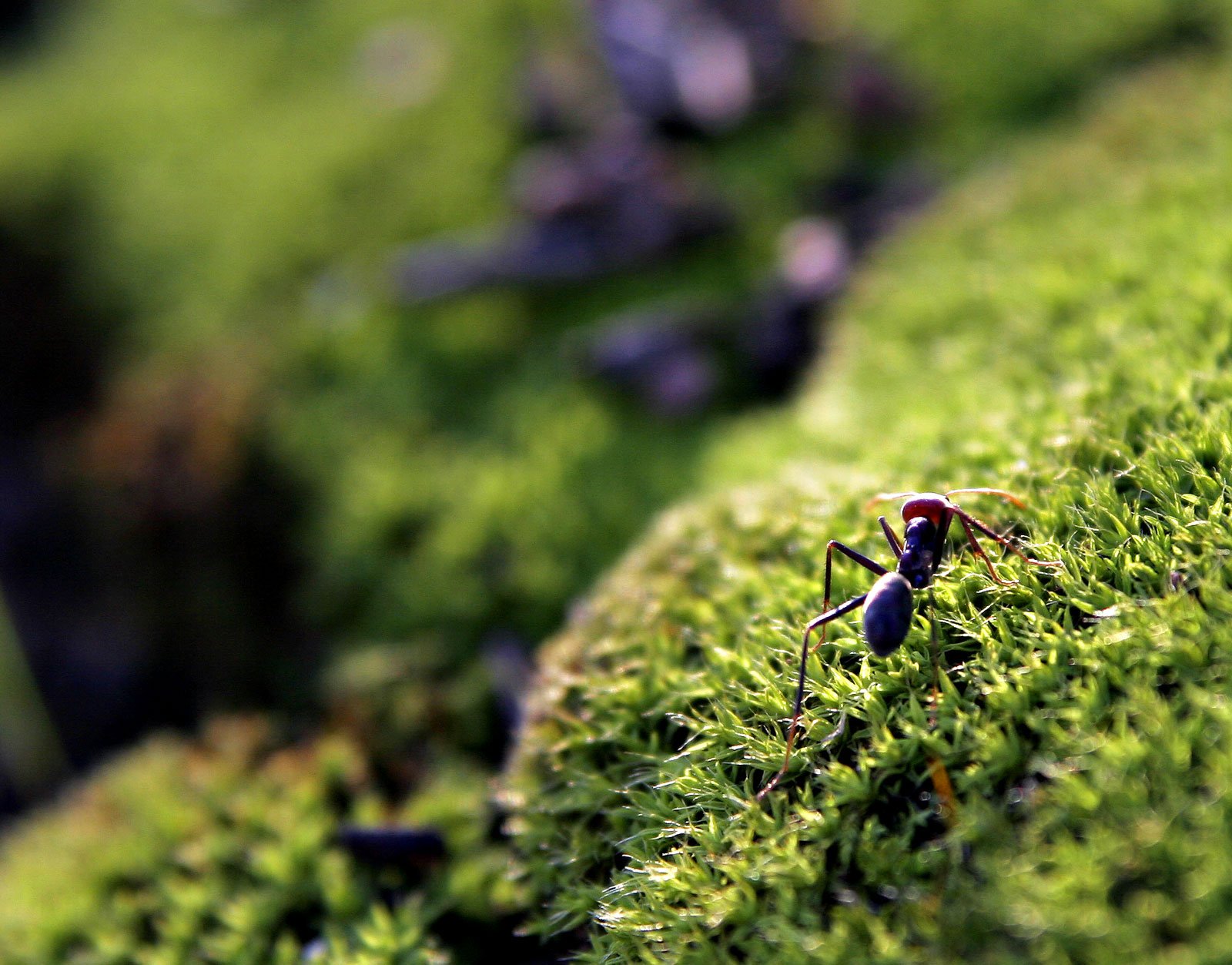Imagine a world beneath your feet where tiny creatures communicate, cooperate, and even teach one another—just like we do. It might sound unbelievable, but ants, those minuscule powerhouses we often overlook, possess a remarkable ability to transmit knowledge from one individual to another. This hidden world of ant learning is not just a marvel of nature; it’s a window into the evolution of intelligence, teamwork, and social behavior. Prepare to be amazed as we explore how ants actually teach each other by leading and following, revealing lessons that echo far beyond the insect world.
The Astonishing World of Ant Intelligence
When we think of intelligence, ants may not be the first creatures that come to mind. Yet, their abilities are nothing short of astounding. Ants live in highly organized societies, where each member seems to know exactly what to do and when to do it. Their intelligence isn’t like ours—no individual ant can solve a math problem—but together, they perform complex tasks that rival even some mammals. This collective intelligence is the backbone of their survival and has fascinated scientists for decades. Ants can remember paths, solve mazes, and even adapt when their environment changes, all thanks to their ability to learn from one another.
What Does It Mean to Teach?
Teaching is more than just showing or copying; it involves one individual actively helping another to learn something new. For humans, this might mean a teacher guiding a student through a math problem step by step. In the natural world, true teaching is rare, as it requires the ‘teacher’ to change its behavior to help the ‘student’ learn faster than it would on its own. Ants are among the few animals, aside from humans and some birds and mammals, to display this remarkable trait. Their teaching is seen in the way experienced ants lead their nestmates to food, adjusting their speed and waiting for the follower to catch up—a dance of guidance and patience.
Tandem Running: The Dance of Learning

One of the most fascinating examples of ant teaching is called “tandem running.” In this behavior, a knowledgeable ant (the leader) finds a food source and returns to the nest, where it recruits a nestmate to follow her. The leader doesn’t just rush ahead; instead, she moves slowly, pausing whenever her follower falls behind. This allows the trailing ant (the student) to learn the route at her own pace, memorizing landmarks and twists along the way. The process is so interactive that the follower even taps the leader to signal she’s ready to continue. This back-and-forth is a beautiful, living example of teaching in the wild.
Why Is Teaching Rare in Nature?
Teaching might seem like an obvious strategy, but it’s surprisingly rare among animals. For teaching to evolve, the benefits to the group must outweigh the costs to the teacher, who sacrifices time and energy to help another learn. In most animal societies, individuals are focused on their own survival. Ants, however, are different. Their social structure is built on cooperation, where the success of the colony depends on the efficiency of every member. This deep-rooted sense of community makes teaching not just possible but advantageous. The leader ant may spend more time guiding a nestmate, but the colony gains a new forager, making everyone stronger in the long run.
Communication: More Than Just Antennae Waving

Ants are masters of communication, using a combination of chemical signals (pheromones), touch, and even sound to exchange information. During tandem running, communication is crucial: the leader uses her antennae to make contact, while the follower taps and nudges to show she’s keeping up. This physical interaction ensures the pair stay connected and that the follower is learning the route. Some ants can even create subtle vibrations or sounds to signal their intentions. This complex communication system is vital for successful teaching and coordination within the colony.
The Science Behind Ant Learning

Scientists have studied ant learning in controlled experiments, often using mazes or marked trails. Results show that ants who follow a leader during tandem running remember the route far better than ants left to wander alone. The follower learns not just the direction but also the visual and scent cues along the path. This type of social learning speeds up the process, allowing the colony to exploit food sources more efficiently. Researchers have measured how much faster a “student” ant finds food compared to one without guidance, and the difference is dramatic—proof of real teaching at work.
Real-World Examples: Ants on the Move
In the wild, tandem running is most commonly seen in certain species like the Temnothorax ants. When these ants need to move their nest or find new food, leaders step up to guide others. One memorable observation involved a colony relocating after their old nest was destroyed. Instead of chaos, experienced ants calmly led their sisters, one by one, to safety. This orderly process, repeated hundreds of times, ensured that every ant knew the way to the new home—a testament to the power of teaching and following in nature.
How Ant Teaching Compares to Other Animals

Compared to mammals and birds, ant teaching is uniquely efficient. While some birds teach their young to sing or hunt, and meerkats show pups how to handle prey, ants do it on a much smaller scale, with no spoken language or facial expressions. Yet, their methods are just as effective. The key difference is that ants teach by leading, not just showing, and their “students” actively participate by giving feedback. This interactive, two-way process is rare in the insect world and highlights the sophistication of ant societies.
The Evolutionary Advantage of Teaching
Teaching gives ants a significant edge over competitors. By passing on knowledge quickly, the whole colony becomes more adaptable and resilient. If a new threat appears or resources shift, ants can rapidly train others to respond, making the group almost unstoppable. This adaptability is one reason ants have thrived in almost every environment on Earth. Their ability to teach and learn together means they can solve problems as a unit, outsmarting predators and overcoming obstacles that would defeat a lone insect.
What Can We Learn from Ants?
The story of ants teaching by leading and following isn’t just a quirky fact—it’s a lesson in the power of teamwork and mentorship. Ants show us that even the smallest creatures can achieve great things by supporting one another. Their behavior reminds us that learning is most effective when it’s shared, interactive, and patient. In a world that often values competition over cooperation, ants stand as tiny champions of the idea that the best way forward is together.
Would you have ever guessed that such profound lessons could come from creatures so small?


